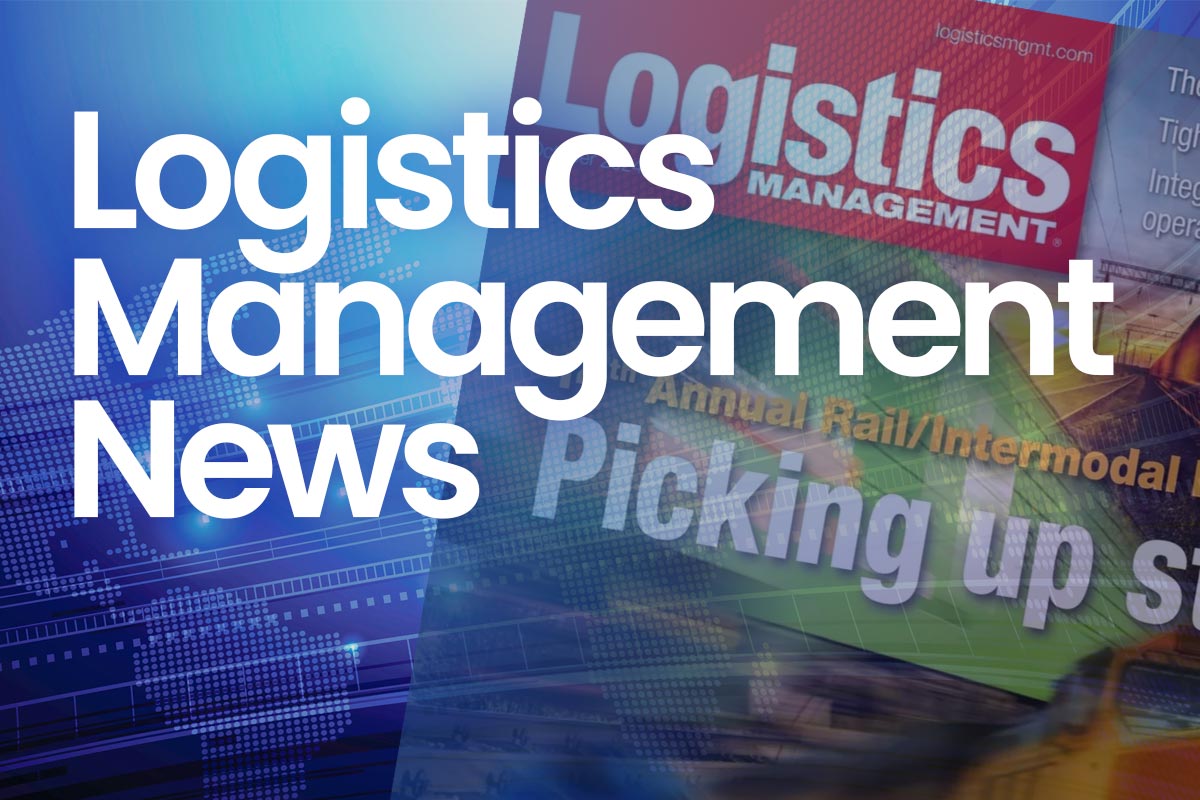For more than a while now, there has been one word that always seems to come up in freight transportation circles—whether it is read in a publication, heard on a podcast or television, or at an industry event—that word is uncertainty.
And, really, why wouldn’t it be. There are more than enough moving parts in our markets that really only help to reinforce that uncertainty, to be sure. What are they? Well, tariffs likely jump to the top of the list for many, but there are also many others, including: inflation, which has seen improvement but is now appears to be stalling out; shaky consumer confidence, especially of late; and a general overall sense of unease felt by many for those aforementioned reasons, as well as others, too.
Now, to be clear, we are not in an economic “doom and gloom” scenario, but, at the same time, there is uncertainty, coupled with a number of issues that have the potential to impact all things related to goods movement. Many of these things were highlighted in the recent edition of the “Monthly Economic Review,” which was recently released by the Washington, D.C.-based National Retail Federation (NRF).
That was made clear by NRF Chief Economist Jack Kleinhenz in the report.
“While the U.S. economy has entered 2025 with a fair amount of momentum, the mix of policies being debated on immigration, tariffs, deregulation and taxes blur the economic outlook and its narrative, with many crosscurrents at work,” Kleinhenz said. “While deregulation and tax cuts could provide positive momentum, immigration restrictions and tariffs could be a drag on the economy and have adverse effects. Although recent economic data remains strong, we are concerned about the downside risks.
Weak consumer perceptions and uncertainty from the lack of clarity regarding future government policies and regulations can significantly hinder business operations. That, in turn, can cause a hesitation in consumer spending and make it difficult for companies to make investment and hiring decisions. We are watching carefully and hoping for the best as much depends on how and when these policies are put in place.”
Kleinhenz hit on a lot of key points that industry stakeholders are thinking about, taking, action on, and dealing with in different ways, clearly.
Other key points in the report highlighted by NRF included:
- GDP adjusted for inflation increased 2.8% in 2024, with NRF pointing to “robust” consumer spending “fueling economic activity and making a consistent contribution to growth”;
- Consumer spending unadjusted for inflation was up 2.8% annually in 2024;
- Retail sales, excluding automobile dealers, gasoline stations, and restaurants, increased 3.6% annually on an unadjusted basis, with these numbers focused on what it calls “core retail sales”;
- Inflation in January was higher than expected, with the Consumer Price Index rising 3% annually in January, ahead of December’s 2.9% gain, with producer prices up 3.5%, and the report noting that inflation has been up each month since October (the Federal Reserve’s inflation target is at 2.0%, but Kleinhenz said that given January’s data, he said it is unlikely the Fed will cut interest rates in the short-term; and
- Consumers surveyed for the University of Michigan’s Index of Consumer Sentiment in February expect inflation to rise to 4.3% this year, up from 3.3% expected in January, which is the highest inflation expectation since November 2023 and reflects concern regarding tariff-induced price increases, said Kleinhenz
While these numbers can be viewed as mixed, the last one, regarding inflation, ostensibly represents the biggest concern, and, in turn, speaks to the ongoing uncertainty within the supply chain. Given the rapid pace at which things are occurring, as it relates to things like tariffs, trade policies, and potential shifts, to varying degrees, for key economic indicators, it stands to reason that the months ahead are likely to represent what could be viewed as a bumpy, and, of course, uncertain ride.



